Home
/
Our Partners
/
Rocky Mountain National Park
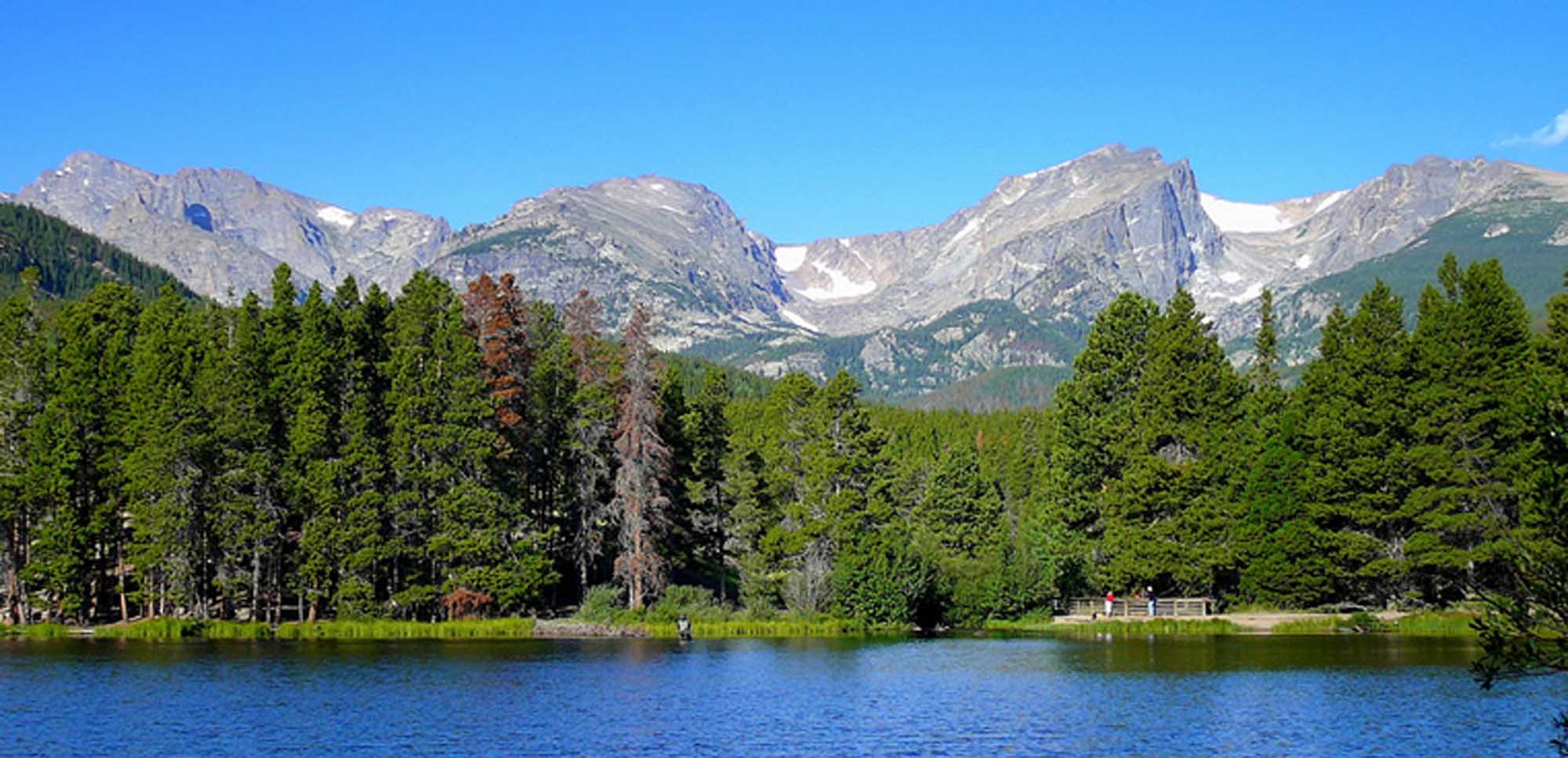
National Parks
Rocky Mountain National Park
In 1915, Rocky Mountain National Park was established in north-central Colorado to preserve one of the most scenic stretches of the southern Rocky Mountains and to protect the alpine tundra that encompasses one-third of the park. Elevations range from 7,700 feet in the montane ecosystem to the summit of Longs Peak at 14,259 feet. These different elevations and ecosystems have marked differences in wildlife and vegetation. The Continental Divide traverses the park, also delineating species and ecosystems between the generally drier east slope and wetter west slope. Over 900 native and over 100 non-native vascular plant species are found in the park.
Rocky Mountain National Park, a national landmark visited by over three million people every year, is not immune to climate change. The pine bark beetle example at the beginning of this article is just one example. The pine bark beetle is a native species to the park and to Colorado. In the past, when temperatures were cooler, the pine bark beetle went through approximately one life cycle per season. With warmer temperatures coming earlier and hanging around later each year, the beetles now have accelerated developmental periods in some years, allowing them to go through two life cycles in a season. More life cycles produce larger populations of beetles and more damage than before. Other organisms, such as migratory birds, are also demonstrating behavioral changes. For example, American robins are arriving in southern Colorado two weeks earlier than they did in 1981, and yellow bellied marmots are emerging from hibernation significantly earlier than they did in the 1970s. Climate models predict that these and other changes will continue. Spring is expected to advance about 2.3 days every decade. Migrations of neotropical birds to the Rocky Mountains are projected to decrease by 39%. It is also expected that diversity in alpine tundra environments, which are often patchy, will decline. American pika, a small mammal found in the tundra, may not be able to find enough suitable habitat to support viable populations. There is also concern among researchers and enthusiasts that alpine plants will not be able to migrate fast enough to adapt to the changing climate and prevent extirpation. As plant and animal ranges expand and contract with changing climates, park managers may need to alter how they respond to, and educate visitors about, these changing resources in the future.
Plants to Monitor
-medium-landscape.jpg)
Colorado blue columbine
Aquilegia coerulea
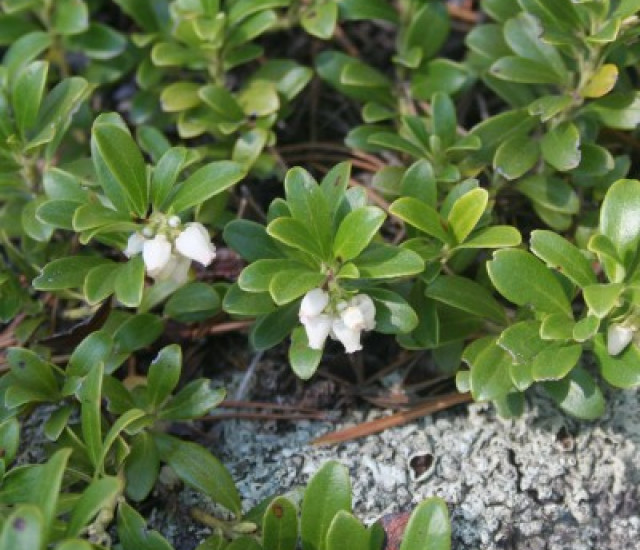
bearberry
Arctostaphylos uva-ursi
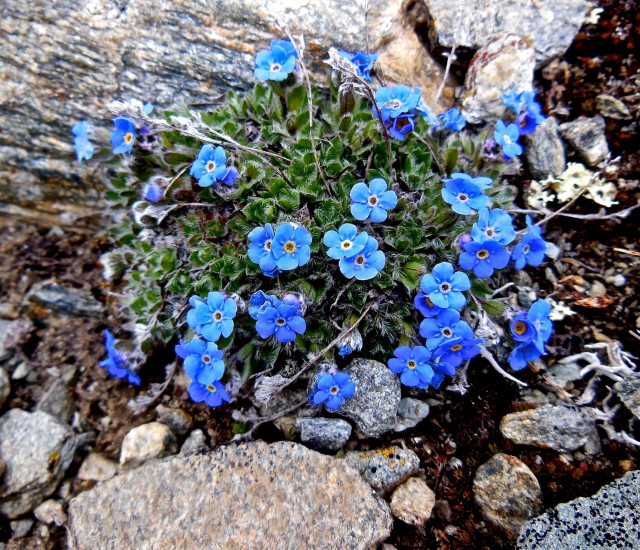
Alpine forget-me-not
Eritrichium nanum
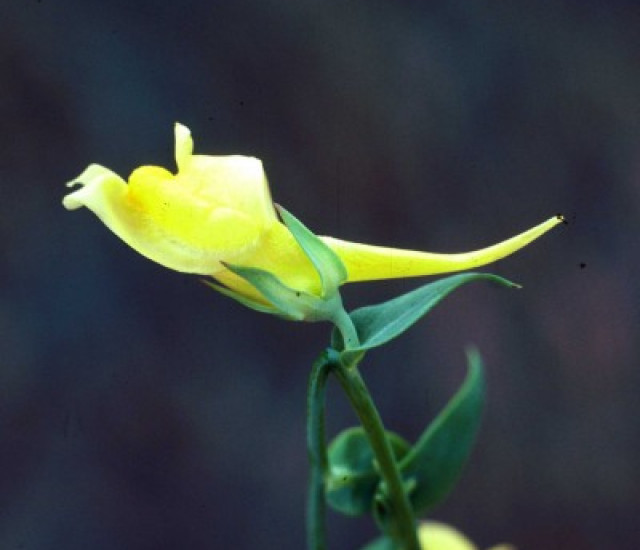
Dalmatian toadflax
Linaria dalmatica
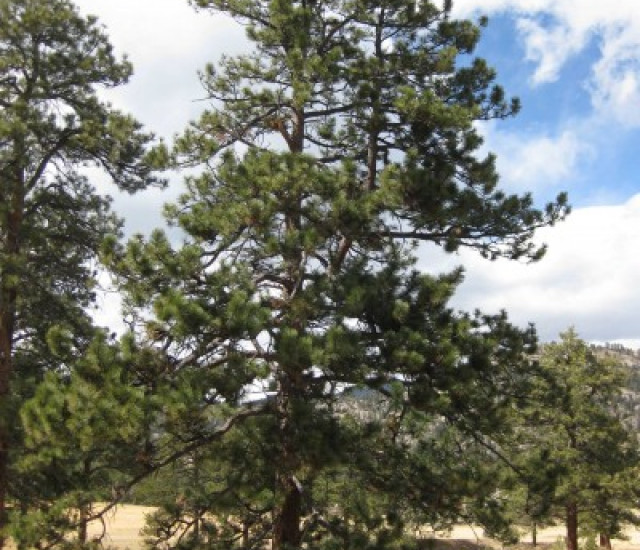
Ponderosa pine
Pinus ponderosa
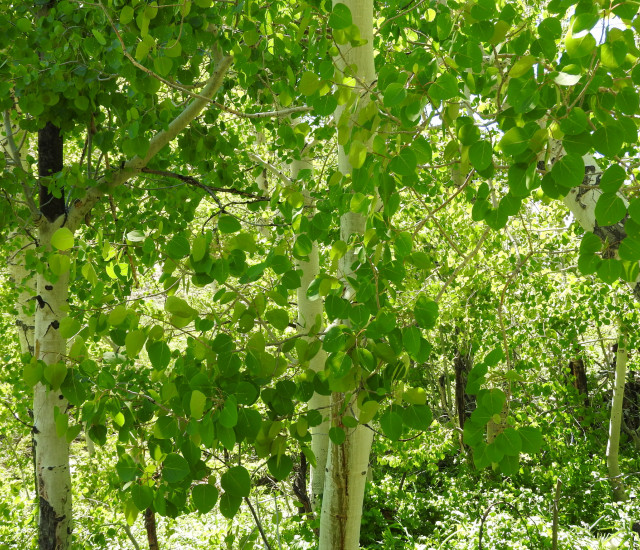
trembling aspen
Populus tremuloides

chokecherry
Prunus virginiana
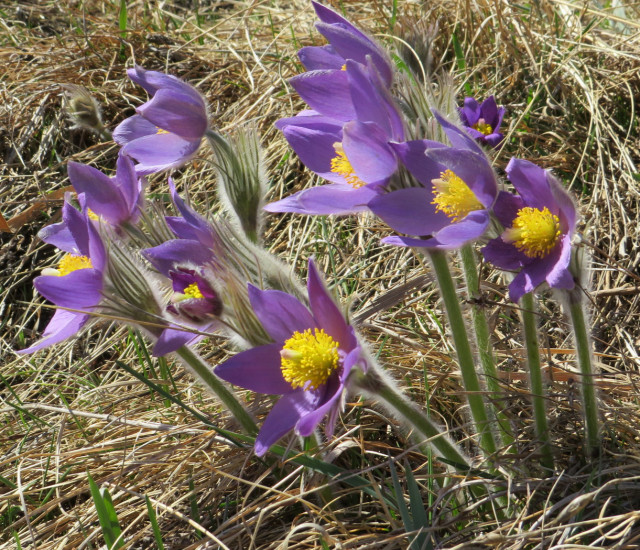
eastern pasqueflower
Pulsatilla patens
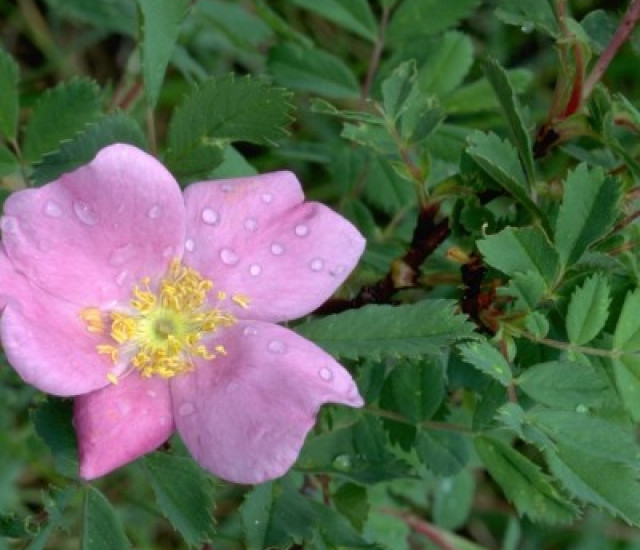
Woods' rose
Rosa woodsii
-medium-landscape.jpg)
Moss campion
Silene acaulis
See Menu
- 2021 Chicago Botanic Garden. All Rights Reserved.
-
Creative Commons
BY-NC-SA 4.0 - Terms of Use
- Privacy Policy
- Data Sharing and Citation Policies
- 2021 Chicago Botanic Garden. All Rights Reserved.


